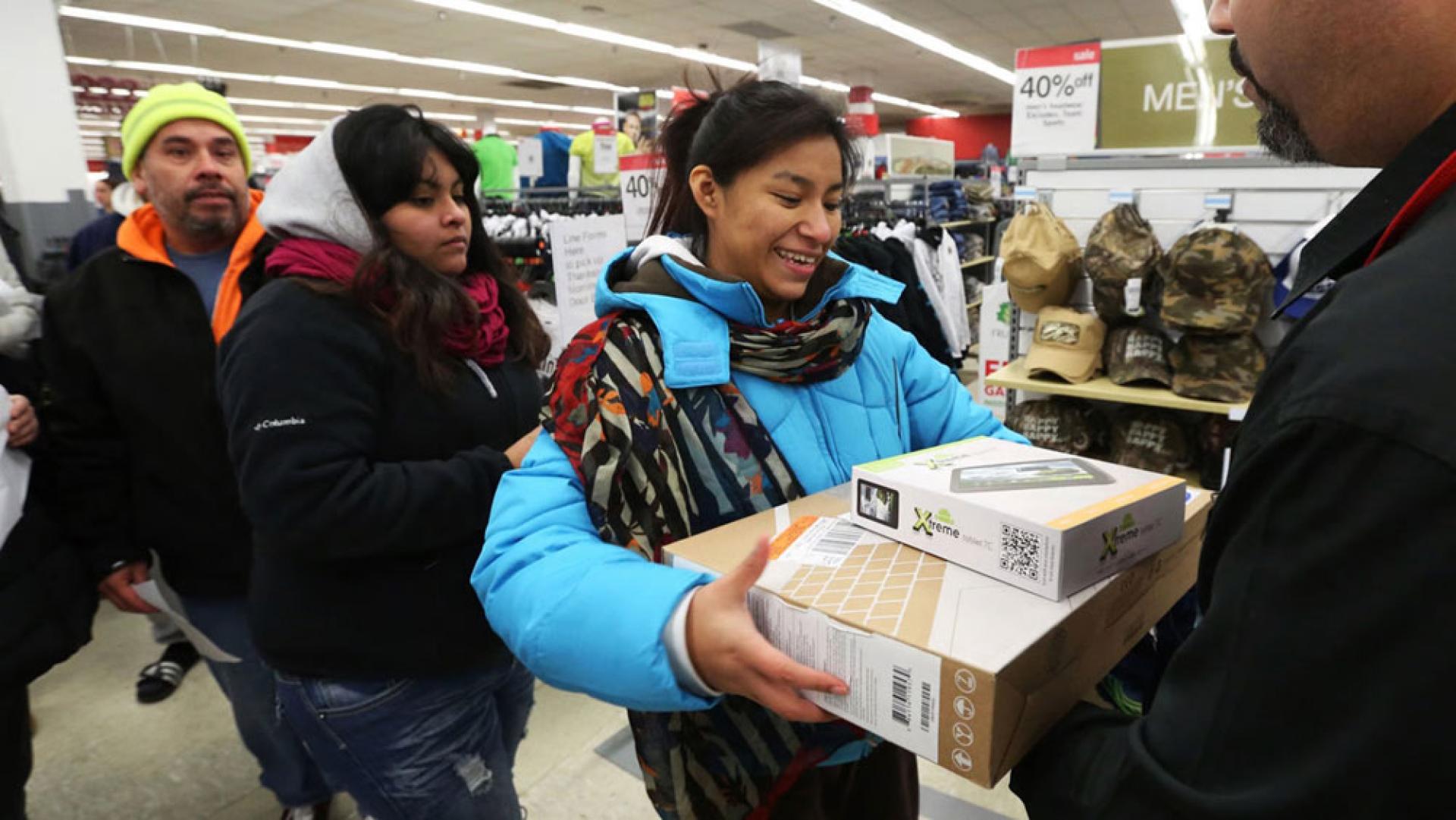With the arrival of Thanksgiving in the U.S., the nation’s largest shopping season has begun. Experts point out that this year, under the influence of inflation and tariffs, the cost of living remains high. Although crowds have returned, consumer behavior has become more cautious, showing a 'saving-oriented' trend.
In the U.S., Thanksgiving falls on the fourth Thursday of November each year, with the shopping season starting the next day on 'Black Friday,' continuing through 'Cyber Monday,' and lasting up to Christmas.
In the past, department stores and retailers often offered deep discounts on Black Friday, attracting people to line up late at night to snap up TVs and home appliances. After the pandemic, consumer habits shifted online, promotion periods have lengthened, and all-night shopping frenzies have diminished.
According to foreign media reports, the National Retail Federation estimates that about 186.9 million Americans will participate in shopping from Thanksgiving through Cyber Monday, setting a new record high. However, the sales growth rate for this year's shopping season is expected to be slightly lower than last year, with consumer spending showing a slight decline.
NRF Chief Economist Matthews pointed out that amid inflation and tariffs, both retailers and consumers are much more sensitive to prices this year. Some households are choosing to spend rationally and cut back on non-essential expenses such as dining out or entertainment.
Several large retailers such as Walmart, Amazon, Target, and Macy's launched promotions ahead of Thanksgiving to extend the shopping period and stimulate purchases.
According to Associated Press reports, due to the impact of tariffs and inflation, the cost of living in the U.S. remains high. Some families have switched to private label or lower-priced products, with practicality prioritized for holiday shopping. Thanksgiving, which used to be a symbol of shopping frenzy, is now seeing a trend of careful calculation and saving.
Under economic pressure, 'buy now, pay later' tools have grown popular. Reports point out that some consumers are spreading out their expenses through installment payments. However, analysts note that repeated use across multiple platforms may lead to accumulated burdens, with risks emerging after the holidays.
